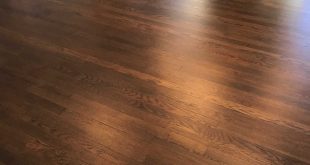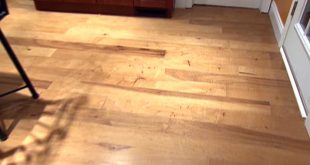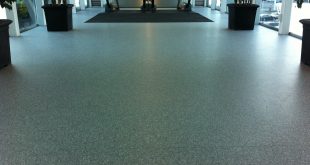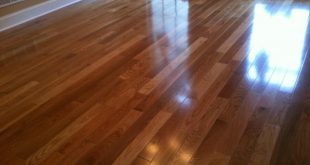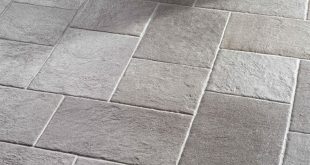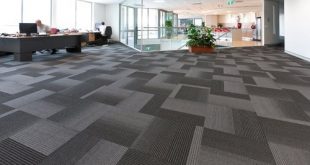As an Amazon Associate I earn from qualifying purchases.
Ideally, a floating hardwood floor is a type of floor that does not require gluing or nailing onto the floor underneath it.
How are these floors made?
Floating hardwood floors are built in the same way as the engineered floor types in that they are both made from ply layers glued together with the relevant material and they all have inner cores made from hard wood. Floating hardwood floors are available in various thicknesses and they are made in such a way that they can either be directly glued or stapled over a concrete or wooden sub floor.
Styles of floating floors
Presently, there are multiple styles and colors of floating floors that can match any home décor; therefore it is up to you to select the type that interests you. The long strip floating floor is one of the original floating floors. It is made in such a way that the top wood is engineered using two to three layers of very narrow rows of hardwood material. Long strip floating floors varied in terms of color and thickness of the boards but they are still considered as the best floating hardwood floors.
Advantages of floating hardwood floors
Floating hardwood floors are made up of several layers of thin wood therefore they are incredibly strong and very strong. They are also the best choice for summer homes because they are less prone to contractions and expansions.
Boards used to make these floors are connected to each other forming a single unit; therefore they will always minimize gaping during expansion or contraction processes. This wood flooring is naturally porous, therefore when there is a lot of moisture, it will automatically soak excess moisture and expand and vice versa.
In addition, floating hardwood floors can be installed on any level that is below, above or on the grade level and they are also the best option for installation in radiant heat areas and they are very easy to install hence on installation costs.
Installation of floating hardwood floors
Gluing has always been a traditional technique used in the installation of floating floors. It is done by applying the relevant glue onto the grooves and the edges of the boards before installing them on, below or above the ground level.
Stapling method; this is a new technique and it is easier because it utilizes an automated locking system which locks the edges of the floor during the installation procedure. Moreover, this technique doesn’t require glue application on the grooves of the boards.
Amazon and the Amazon logo are trademarks of Amazon.com, Inc, or its affiliates.
 yonohomedesign.com Garden and Interior Design Ideas
yonohomedesign.com Garden and Interior Design Ideas












